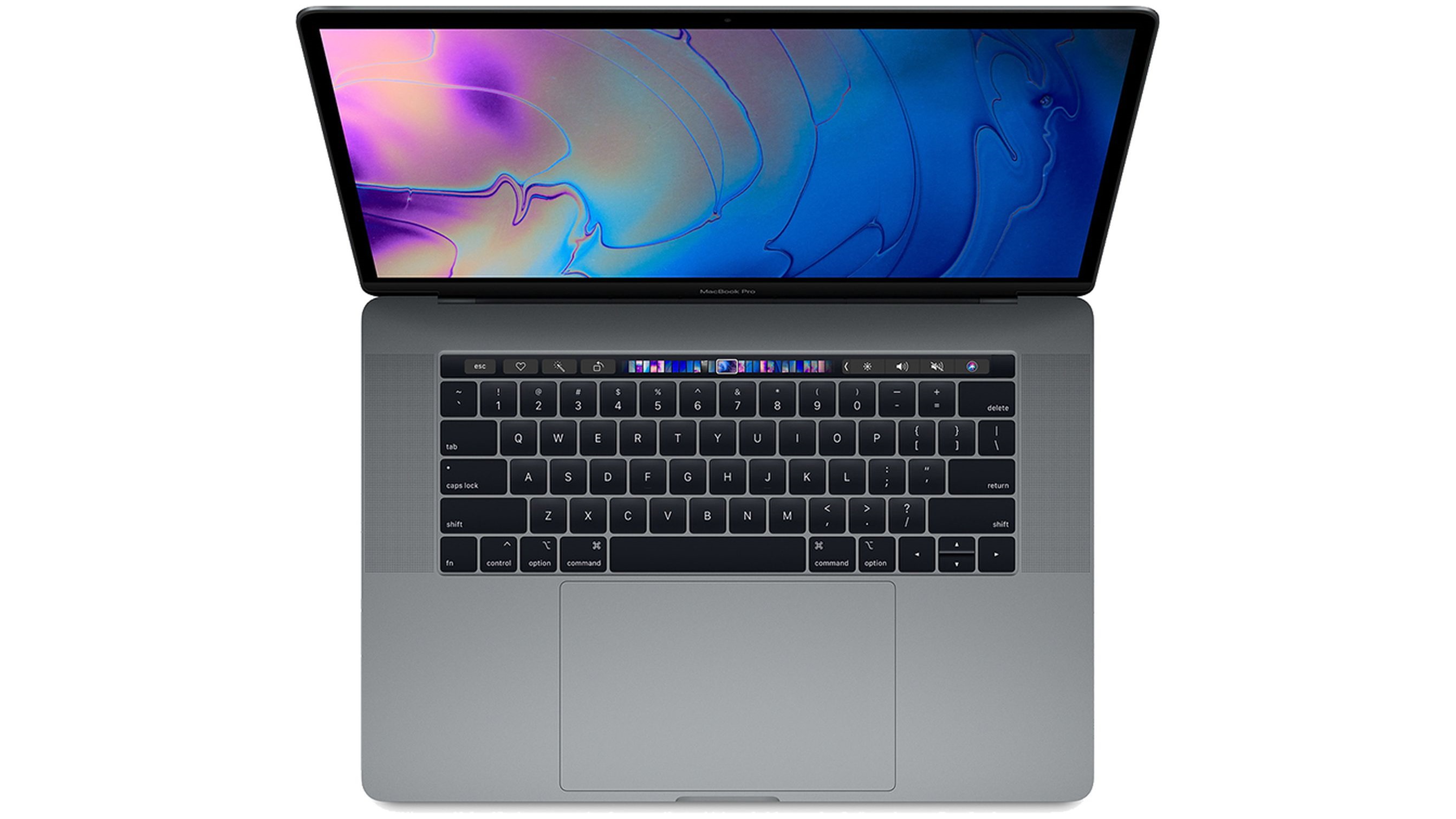Microsoft is bringing one of its toughest Windows 10 antivirus features to macOS
Microsoft’s antivirus service for macOS will better protect users from internet-based attacks

Microsoft has revealed it is working to migrate an important Windows 10 antivirus feature to its Advanced Threat Protection (ATP) offering for macOS.
According to the Microsoft product roadmap, the company will soon bring Network Protection to the macOS version of Microsoft Defender for Endpoint (née Microsoft ATP), which should minimize the likelihood a protected device suffers an internet-based attack.
“[Network Protection] prevents employees from using any applications to access dangerous domains that may host phishing scams, exploits, and other malicious content on the internet,” explained the firm.
- Here's our list of the best endpoint protection services on the market
- Check out our list of the best antivirus services around
- We've built a list of the best malware removal software out there
The feature, which is expected to land next month, will also put measures in place to block outbound traffic headed towards domains known to harbor malicious content.
Microsoft antivirus for macOS
The macOS version of Microsoft Defender for Endpoint first launched in the summer of 2019, complete with the vast majority of features found in the equivalent service for Windows 10. With the introduction Network Protection, the two offerings inch a little closer to total parity.
It’s worth noting, however, that the service appears to be suffering compatibility issues with certain devices running macOS 11 (also known as Big Sur), which went live last week.
“Extensive testing of MDE with new system extension on macOS11 revealed an intermittent issue that impacts macOS devices with specific graphics card models. In rare cases, on impacted macOS devices calls into macOS system extensions were seen resulting in kernel panic,” Microsoft notes.
Are you a pro? Subscribe to our newsletter
Sign up to the TechRadar Pro newsletter to get all the top news, opinion, features and guidance your business needs to succeed!
Kernel panic, for the uninitiated, is a measure put in place for scenarios in which the operating system detects an error from which it cannot recover. If an error of this kind is detected, the system triggers an automatic shutdown.
In many cases, a simple restart is sufficient to fix whatever issue the system encountered, but a real problem arises when kernel panic recurs on a regular basis, affecting the usability of a device.
According to Microsoft, it is “actively working” with Apple engineers to clarify the profile of affected devices and to remedy the issue, but it is not yet clear when the problem will be resolved in full.
- Here's our list of the best ransomware protection right now

Joel Khalili is the News and Features Editor at TechRadar Pro, covering cybersecurity, data privacy, cloud, AI, blockchain, internet infrastructure, 5G, data storage and computing. He's responsible for curating our news content, as well as commissioning and producing features on the technologies that are transforming the way the world does business.